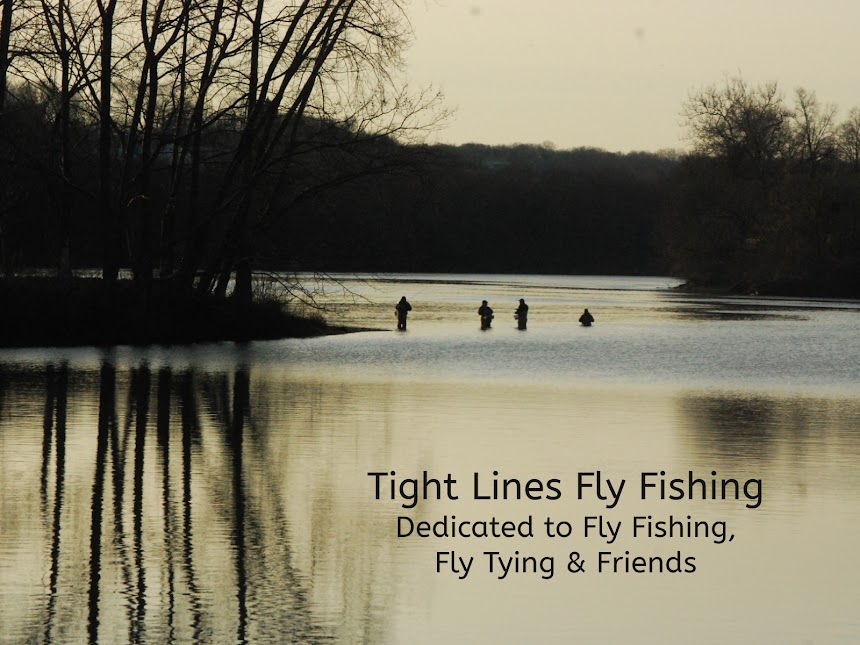Carey Special
Hook: 3X long Nymph hook. (Size #6 to #10 hook.)
Tying thread: Black 6/0 or 140-denier thread.
Weight (Optional): 6-8 wraps of lead free wire or a brass or
tungsten bead.
Collar: Gold Utra Wire, small (Or use color of choice.)
Tail: Speckld Golden Olive Coq de Leon fibers or
Pheasant rump feather fibers.
Body: Brown-olive rabbit-fur dubbing. (or
peacock herl or chenille).
Thorax: Brown-olive SLF dubbing.
Hackle: Speckled Golden Olive Coq de Leon Feather or
Pheasant rump feather fibers.
Head: Tying Thread.
Kudos
to my fly fishing friend Mike Lombardo for reminding me about this fly. I had tied it many years ago but alas, it’s a
forgotten fly in one of my boxes. So
glad he reintroduced it to me again.
This pattern was originally developed in the Canadian West. It was created by a gentleman by the name of
Dr. Loyd A. Day of British Columbia back in 1925. It’s an old & traditional fly that works
both in still water & rivers.
Although it can represent a variety of fish foods, it’s best known as a
damselfly & dragon fly imitation. Numerous material substitutions can be made to
tie this pattern. I’ve offered some of
these alternatives in the recipe above. When
tied in bright colors it’s a much used steelhead fly.
Begin
by starting your thread behind the eye of the hook. (If you so desire you can add weight to the
hook or slide a brass or tungsten bead behind the eye.) Wrap it to the bend of the hook. At the bend of the hook tie in approximately
6-12 Coq de Leon fibers (or use pheasant flank fibers) for your tail. The length of the tail should equal the
length of the hook shank. Next, tie in
your gold ultra wire rib. You’re now
going to dub your body of Brown-Olive rabbit-fur dubbing. Leave enough room behind the eye for your
Thorax and hackle. Bring and wrap your
rib forward to create an even segmented body.
Tie & clip off the wire.
Next, dub your Thorax with Brown-olive SLF dubbing. Next, select a Coq de Leon feather (or
pheasant flank feather) for your hackle.
The fibers of the feather should be at least a hook shank in
length. Strip the bottom of the feather
stem before tying it in. Sweep the
fibers of the feather back and make two (2) wraps of the feather. Tie and cut the excess feather off. Create a finished bulbous head on the
fly. Cut your thread and apply head
cement.
As
previously stated you can make numerous material substitutions with this
pattern. A much used version has a body
made of peacock herl (see picture above). Another alternative
is to create the body by wrapping chenille.
The variations & colors are endless.
Tight line has an excellent
instructional video on how to tie this fly below:
If
you have any questions about this fly or would like to submit a Fly of the
Month I can be reached at 203 305-3850 or at pdinice@frontier.com .

